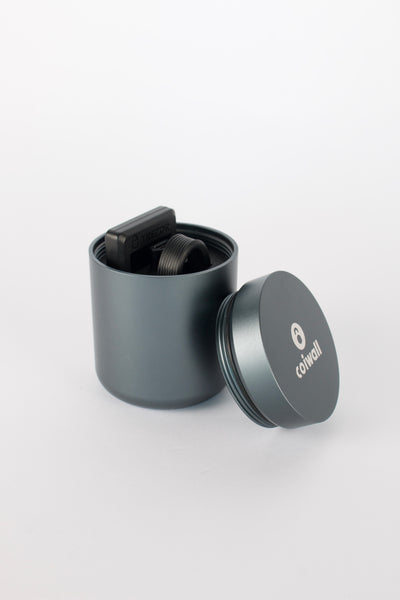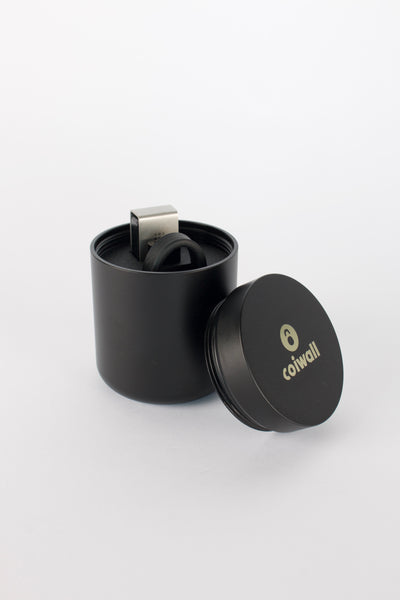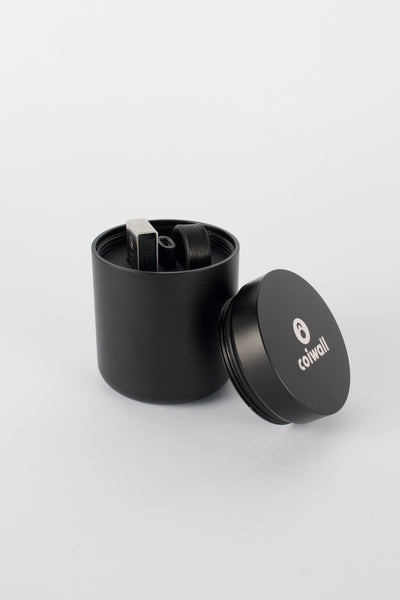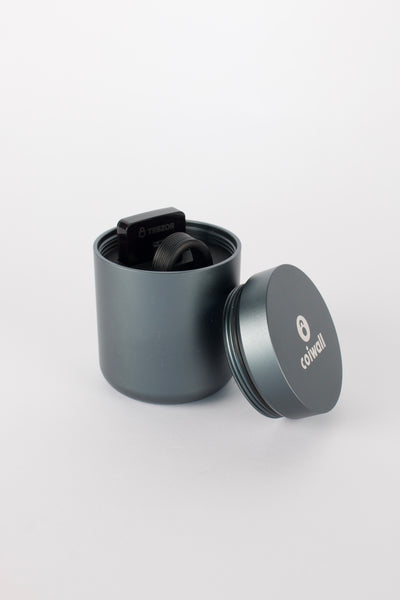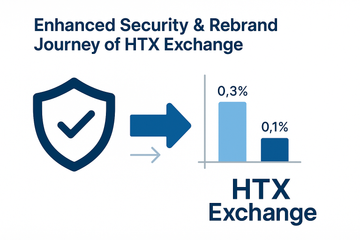You know what? Crypto exchanges feel a bit like airports. Most days, everything hums. Now and then, a surprise delay reminds you why backups matter. HTX, formerly Huobi, is one of those big, busy hubs where plenty of traders pass through for spot, futures, and a growing list of tokens. If you’ve heard the new name and wondered what changed, let’s keep it simple and practical.
The quick take
HTX is a large, long-running exchange with broad asset coverage, deep liquidity on majors, and a full kit for active traders. It’s the same company that ran as Huobi for years. The rebrand rolled out around its 10th anniversary. You’ll find spot markets, margin, futures, copy trading, grid bots, and staking-style earn products. The mobile apps are solid, and the web interface is busy but fast once you settle in.
What changed with the Huobi to HTX rebrand
Rebrands can feel cosmetic, and sometimes they are. In this case, HTX kept the core engine. The name nods to its roots, with a wink at the broader Web3 crowd. Trading, listings, and account flows stayed familiar. For existing Huobi users, the shift mostly showed up in the logo, language, and a renewed push around community and ecosystem plans. The day-to-day trading experience didn’t do a sharp turn.
Products you’ll actually use
Spot, margin, and futures
Spot is the bread and butter. Liquidity is strongest on BTC, ETH, and top stablecoin pairs. Margin offers moderate leverage on select pairs, which is enough for seasoned traders who want a cleaner risk profile. Futures add higher leverage with both USDT-margined and coin-margined contracts, plus a familiar interface for setting stops and take profits. Execution is quick on major pairs, and the depth is usually steady.
Copy trading, bots, and earn
HTX leans into convenience. Copy trading lets newer users mirror strategies, though that comfort can be a trap if you forget that past performance is just that, the past. Grid bots help in choppy markets, auto-placing buy and sell orders within a price band. The earn tab includes staking-like products, fixed terms, and flexible yields. Yields change, and fine print matters, so keep your eyes open.
Fiat ramps and P2P
Depending on your region, you can use card purchases or bank partners for on-ramps. Where those are limited, the P2P market fills the gap. Always double-check counterparties and confirmations. Simple habit, big payoff.
Fees without the fluff
Base spot fees sit around 0.2% for both maker and taker, which is common among big exchanges. If you hold the exchange’s token, HT, you can lower your trading fees. Higher volume traders can unlock deeper cuts through VIP tiers. For futures, maker and taker fees are typically lower than spot. Deposits in crypto are usually free; withdrawals vary by chain load and token.
One more thing. If you actively trade, look beyond headline rates. Slippage and funding costs often matter more than the fee line on the receipt. Tight spreads on majors make a difference, especially during news releases or halving week hype.
Security, proof-of-reserves, and the hack question
Let’s talk safety. HTX promotes cold storage, multi-signature controls, and a public proof-of-reserves view using Merkle trees. PoR can show assets, not necessarily liabilities, so treat it as one data point among many. The platform also pushes 2FA, withdrawal address whitelists, and alerts. Use them. They’re there for a reason.
Here’s the candid part. In 2023, HTX reported security incidents, including a hot wallet exploit and a related bridge exploit later that year. Response times and recovery efforts were public, but the takeaway for users is simple. Exchanges face risk. Hot wallets face more. Standard ops resumed, risk controls were tightened, and communications emphasized monitoring and reserve snapshots.
So what’s a trader to do? Hold only what you need for trading on the exchange. For long-term storage, move to self-custody. A hardware wallet like Trezor or Ledger gives you that calm feeling you want on a Sunday when markets go wild. I know that sounds fussy, but it’s the habit seasoned folks keep repeating.
Availability and KYC basics
HTX serves many regions, though rules vary by country. U.S. residents are generally not supported. KYC tiers unlock higher withdrawal limits and more features. If you travel, be mindful that compliance checks can change depending on where you log in from. When in doubt, open a support ticket before you move large sums. It’s less exciting than a new listing, but far more useful.
The HT token, explained simply
HT is the exchange token. It’s used for fee discounts, VIP tiers, and sometimes for promotions or staking-style rewards. There’s often a buyback and burn mechanic tied to revenue or program plans, which supporters like because it can reduce supply. It’s also a market asset, which means it moves, sometimes a lot. If you hold it for utility, treat it like a tool. If you trade it, treat it like any other volatile token.
Day-to-day trading feel
On ordinary days, order books on majors are deep and fast. On event days, spreads widen, funding moves, and gas fees on some chains spike. That’s not a judgment on HTX; it’s the market being the market. Customer support is responsive on chat during most hours, although peak load can slow replies. Education content lives in-app and on the site, and it’s digestible if you prefer quick reads over long manuals.
Who HTX suits, and who should skip
- Active traders who want spot and futures in one place, with bots and copy trading for extra tools.
- Yield hunters comfortable with exchange-based earn products and their moving parts.
- Mobile-first users who like to place orders on the go and track positions with alerts.
On the other hand, if you’re a strict self-custody purist who rarely trades, you may prefer DEX routes and cold storage. If your region has narrow fiat rails, P2P can work, but it adds steps you may not want.
Small setup, big difference
- Turn on 2FA, and use an authenticator app, not SMS.
- Add withdrawal address whitelists for your main cold wallet.
- Split funds. Keep trading float on HTX, long-term stacks on Trezor or Ledger.
- Bookmark the real domain. Phishing pages are sneaky, especially around big airdrop chatter.
- Test withdrawals with small amounts before you scale size.
A quick note on market cycles
During halving season or when rates shift, volumes swell and emotions do too. Grid bots can help smooth noise, but they’re not magic. Copy trading feels easy, until it doesn’t. Use stops. Keep a journal. It sounds oddly old-school, yet it keeps your head clear when candles get loud.
Pros, with plain language
- Broad asset coverage, especially majors and trending altcoins.
- Spot, margin, and futures under one roof with decent depth.
- Fee discounts through HT and volume-based tiers.
- PoR views and common security features that most users should enable.
Cons to keep in mind
- History of security incidents in 2023, with responses and fixes that followed.
- Regional limits, with the U.S. largely out of scope.
- Exchange risk is real. Self-custody is still king for long-term holdings.
Final thoughts
HTX is a big tent. It suits traders who want a familiar interface, enough liquidity to move size on majors, and practical tools like copy trading and bots. The rebrand changed the name, not the core. Fees are competitive if you lean into HT or hit volume tiers. Security practices are public, and proof-of-reserves gives a useful, though partial, lens. The 2023 incidents are a reminder to keep only what you need on any exchange and to protect the rest with a hardware wallet.
Trade where you’re comfortable, store where you sleep well, and keep your settings tight. That mix, plus a bit of patience, tends to age well in crypto, whether prices are calm or the feed is buzzing.

